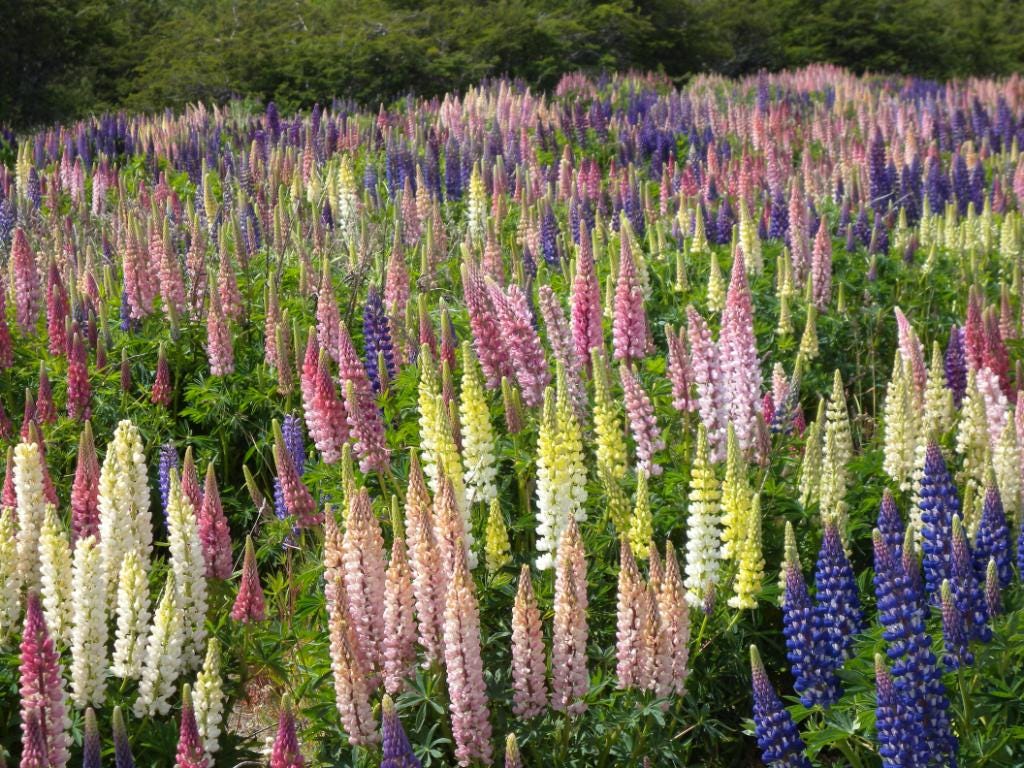The Secret to Successful Wildflowers: It's as easy as 1, 2, 3!
by Mike Lizotte
"How do I get best results from my wildflower planting?" It's a question I get over and over. So assuming you purchased a quality wildflower seed mix with a nice variety of annuals and perennials and may (or may not) have read the instructions that came with the mix, here are the three most important factors for a successful meadow.
Know what you sow!
When speaking with people who may have purchased a wildflower mix in the past and had mixed results, I'll usually start with where they purchased their mix and what it contained. I think it's crucial to know the species and understand the lifecycles of what you're sowing. If you're dealing with annuals and you're concerned that you didn't have much color the second season; that's to be expected, depending on where you live. If you sowed perennials and you're disappointed that you didn't get much color the first season, that's not unusual as perennials from seed produce few flowers the first season. Knowing the flowers/lifecycles of the wildflower seed you're sowing will give you a better understanding of what you should expect to see blooming and when. This is critical when you're working to exceed your customer's expectations.
Don't skimp on the preparation!
Proper preparation takes time, so it often gets short-changed in the process. I know the thought of having to fire up the roto-tiller or work the ground with a spade for a few hours doesn't appeal to most, but it's the most critical step for success with your planting, both long and short term.
No matter if you're sowing 5 acres or 5 square feet, the better you prepare the area; getting rid of weeds, grasses and other established vegetation, the better results your planting will yield. I wish I had a nickel for everyone who told me, "I just threw the seed out there in my field" and they're disappointed they don't have wildflowers. You're not giving the seed a good chance of survival if it has to compete with existing root structures in the soil. A properly prepared area enables two very important things to happen:
- The seed to germinate in soil with very little competition to start.
- It gives your wildflowers the upper hand in competing with weeds and grasses that might try to grow back.
Please don't cover!
Once you've prepared the area, you're ready to sow. After you've broadcasted your seed I always like to recommend a compression of the seed into the soil to ensure good seed to soil contact. It will also speed up germination. The most common way to do this is with a roller which can be commonly found at your local garden center or hardware store and is inexpensive to rent for a day. If not you can simply step on the seed if you're only sowing a small area.
What we don't want you to do is rake or cover over the seed once you've sown. I get a lot of people that make the mistake of "raking" in their seed or "covering" it with soil. Wildflower seeds are very tiny and even the slightest coverage can hamper results.
So whether you're one of those gardeners who like to learn from trial and error or reads instructions twice over, remember; know what you sow, put a little more effort in the preparation and don't cover your seeds and you'll be well on your way to a successful wildflower planting.
The Seed Man
Mixed Lupine

